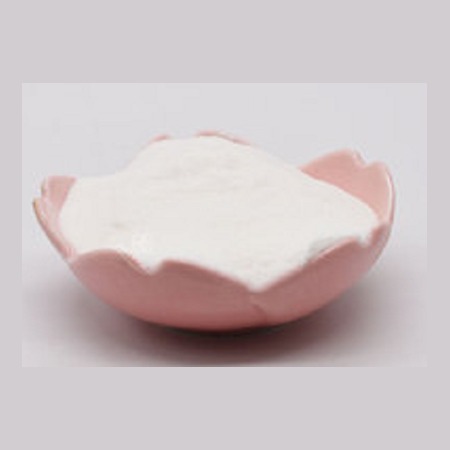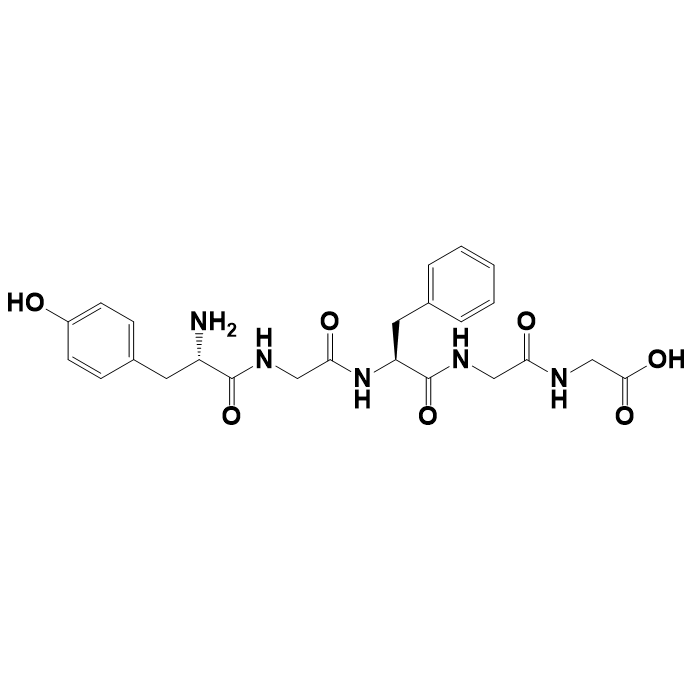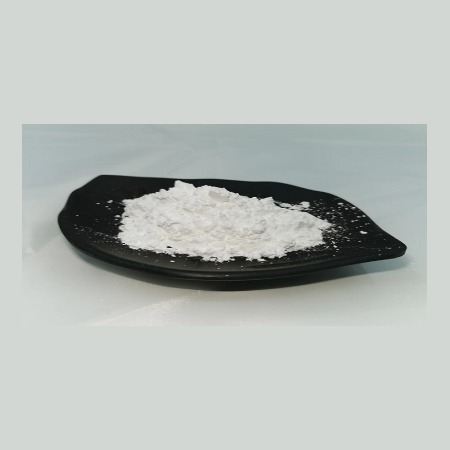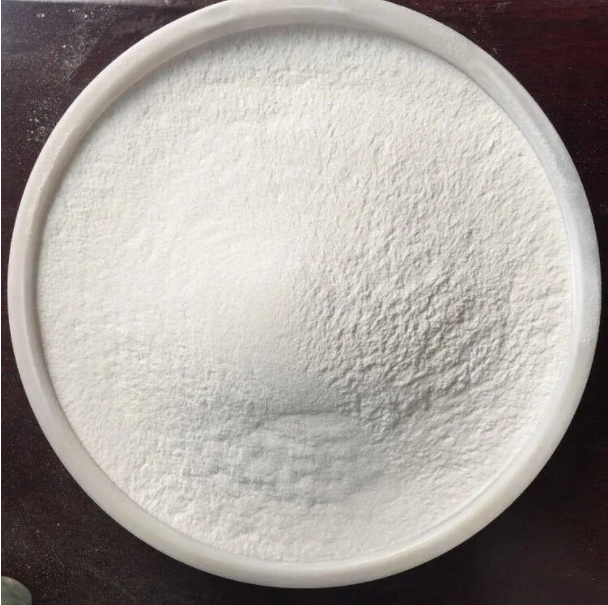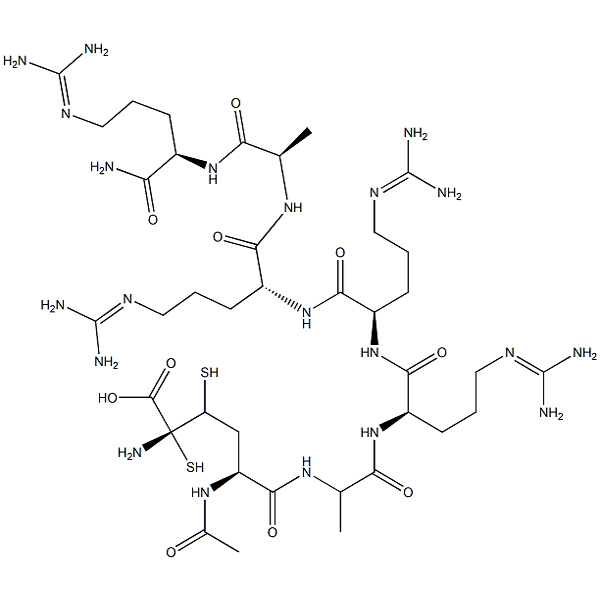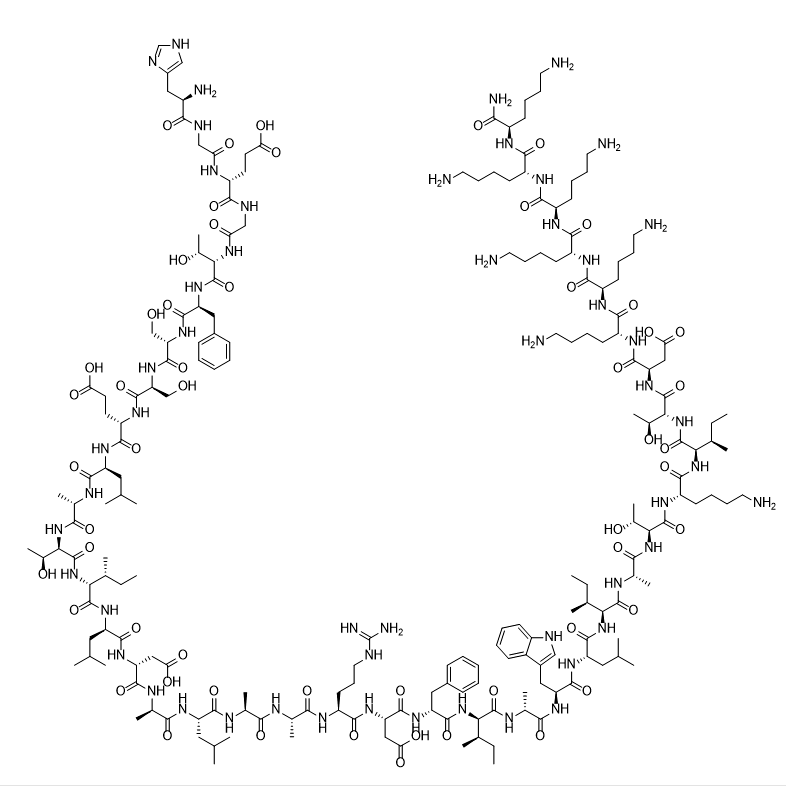Cortagen supplier/Peptide purification/Peptide vendor
Description
Cortagen is obtained through targeted synthesis based on the amino acid analysis of natural brain cortex, Cortexin. Cortagen is a bioregulatory peptide that mainly acts on the brain and the central nervous system. Research shows that it is a powerful regulator of inflammatory responses, particularly in the nervous system, helping to restore the balance and normal function between pro-oxidative and antioxidative processes. Cortagen stimulates the expression of interleukin-2 and primarily helps regulate immune function by reducing autoimmune responses.
Specifications
Apperance: White to off-white powder
Purity(HPLC): ≥98.0%
Single Impurity: ≤2.0%
Acetate Content(HPLC): 5.0%~12.0%
Water Content (Karl Fischer): ≤10.0%
Peptide Content: ≥80.0%
Packing and Shipping: Low temperature, vacuum packing, accurate to mg as required.
FAQ:
What do I need to look for when designing phosphorylated peptides?
When designing phosphorylation modifications, the phosphorylation modifications should not be more than 10 amino acids away from the N-terminus to avoid a decrease in coupling efficiency.
What do I need to pay attention to when introducing fluorescent modifications into peptides?
It is recommended to add a linker between the peptide molecule and the fluorescent modification, which can reduce the effect of the fluorescent modification on the peptide folding and binding to the receptor. However, if the purpose of the fluorescence modification is to quantify the fluorescence migration between different structures, the introduction of a linker is not recommended.
What length of peptide is appropriate?
Peptide synthesis needs to consider factors such as the length, charge, and hydrophilicity of the peptide. The longer the length, the purity and yield of the crude synthetic product decrease, and the difficulty of purification and the chance of non-synthesis will be greater. Of course, the sequence of the functional region of the polypeptide cannot be changed, but for the smooth synthesis of the polypeptide, sometimes some auxiliary amino acids have to be added to the upstream and downstream of the functional take to improve the solubility and hydrophilicity of the polypeptide. If the polypeptide is too short, there may also be problems with synthesis, the main problem is that the synthetic polypeptide has a certain difficulty in the post-processing process, and the polypeptide below 5 peptides generally has hydrophobic amino acids, otherwise the post-processing is more difficult. Peptides below 15 amino acid residues generally have satisfactory yields and yields.
What are the applications of peptide libraries?
Peptide libraries are an efficient tool for many studies, including GPCR ligand screening, protein-protein interaction studies, functional proteomics, nucleotide binding, screening of enzymatically acting substrates and inhibitors, antigen and epitope screening, signaling molecule search, and other important processes of drug screening.
Why should peptides be modified by N-terminal acetylation and C-terminal amidation?
Such modifications can give peptide sequences properties that are native to proteins.

